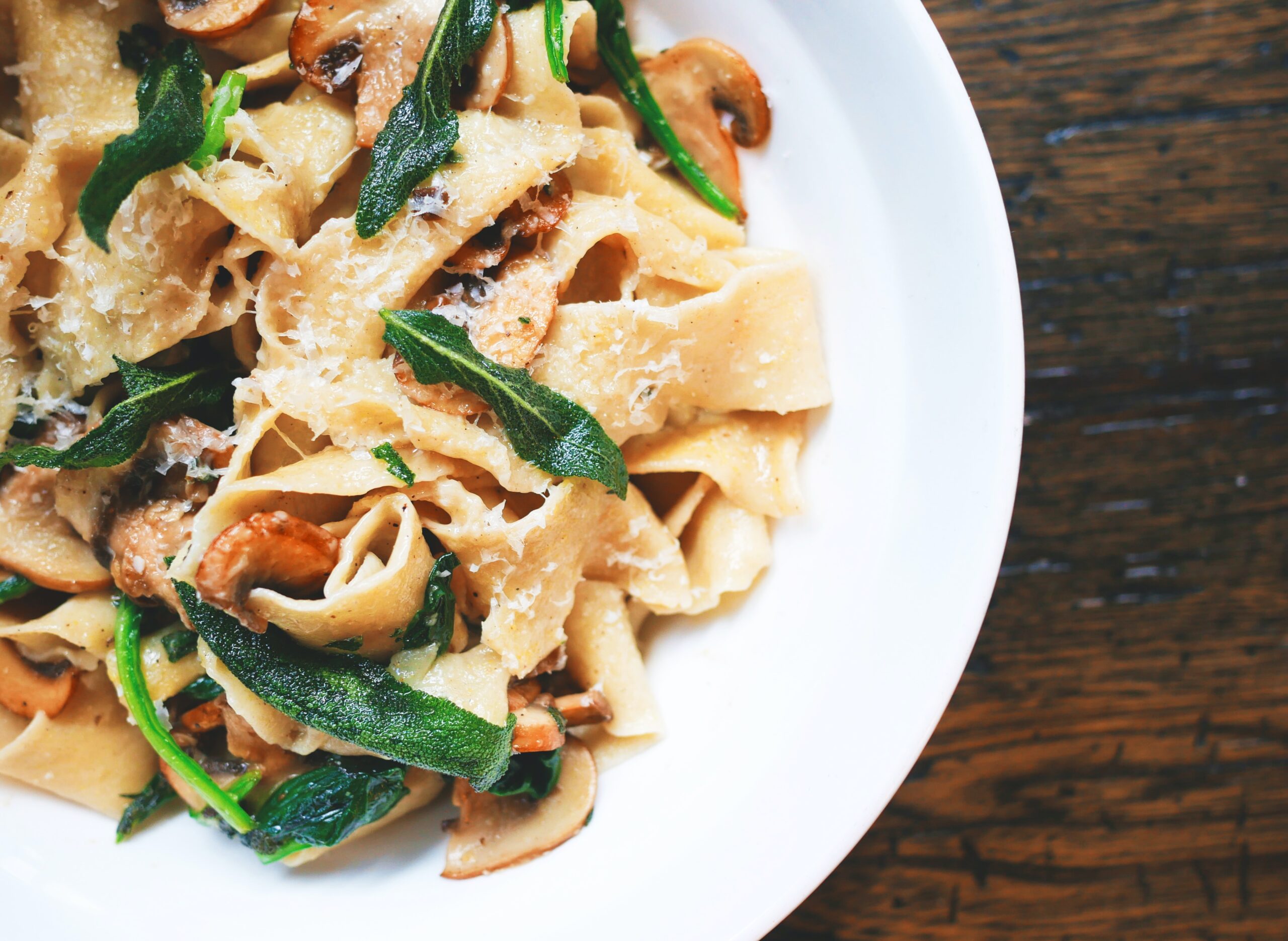As a new parent, you may find yourself puzzled about what foods are best for your baby during their first year of life. It’s an exciting milestone, but with so many options and conflicting advice, it can be overwhelming. Don’t worry, we’re here to help! In this article, we’ll guide you through the journey of introducing solid foods to your little one, providing you with useful tips and a variety of nutritious options to ensure their healthy development.
Baby Nutrition in the first 6 Months
Breast milk or formula
Breast milk or formula should continue to be the primary source of nutrition for your baby until they are at least 12 months old. Breast milk provides all the necessary nutrients and antibodies that your baby needs to grow and develop. If you are unable to breastfeed, formula is a suitable alternative.
Rice cereal
At around six months old, you can start introducing solid foods to your baby’s diet. Rice cereal is often recommended as one of the first foods to introduce. It is easy to digest and less likely to cause allergies or digestive issues. Start with a small amount mixed with breast milk or formula and gradually increase the thickness of the cereal as your baby gets used to it.
Pureed fruits
Pureed fruits, such as mashed bananas or applesauce, are a great way to introduce different flavors and textures to your baby. Start with one fruit at a time and gradually introduce a variety of fruits to expand your baby’s palate.
Pureed vegetables
Just like pureed fruits, pureed vegetables, such as mashed carrots or sweet potatoes, are a nutritious addition to your baby’s diet. Introduce one vegetable at a time and observe your baby’s reaction to ensure there are no allergies or intolerances.
Pureed meats
Pureed meats, such as chicken or beef, are important for your baby’s growth and development. They provide essential nutrients like iron and protein. Start with small amounts and gradually increase the texture as your baby gets used to it.
6-8 Months
Mashed or soft cooked fruits
At around six to eight months, your baby’s palate and digestive system are more developed. You can start offering mashed or soft cooked fruits, such as mashed avocado or steamed pears. These fruits provide additional flavors and important nutrients.
Mashed or soft cooked vegetables
Similarly, mashed or soft cooked vegetables, like mashed peas or steamed broccoli, can be introduced at this stage. Vegetables offer a wide range of essential vitamins and minerals that are crucial for your baby’s growth and development.
Yogurt
Yogurt is a great source of calcium and protein for your baby. Opt for plain yogurt without added sugars or flavors. You can offer it as is or mix it with pureed fruits for added taste and variety.
Cheese
Cheese, like yogurt, is a good source of calcium and protein. Offer small pieces of soft cheese that are easy for your baby to eat. Avoid hard or sharp cheeses that may pose a choking hazard.
Well-cooked pasta or rice
Introducing well-cooked pasta or rice provides a new texture and helps your baby become accustomed to different types of food. Offer small, soft pieces that are easy for your baby to handle and swallow.

8-10 Months
Finger foods like small pieces of soft fruits or cooked vegetables
At this stage, your baby may start showing an interest in self-feeding. Offer small, soft pieces of fruits or cooked vegetables that your baby can pick up and eat on their own. This encourages fine motor skills and independence.
Soft cooked meat or poultry
Soft cooked meat or poultry, such as minced chicken or shredded turkey, can be introduced for added protein and flavor. Make sure to cut the meat into small, manageable pieces to avoid choking hazards.
Mashed legumes
Mashed legumes, like mashed chickpeas or lentils, provide a good source of protein and fiber for your baby. They are also easier to digest compared to whole legumes.
Puffs or teething biscuits
Puffs or teething biscuits can be given to your baby as a snack or during teething. These small, dissolvable snacks help develop hand-eye coordination and provide a different texture for your baby to explore.
10-12 Months
Finely chopped or mashed fruits and vegetables
At this age, your baby can handle more textured foods. Offer finely chopped or mashed fruits and vegetables to encourage chewing and exploration of different flavors.
Minced or ground meats
Minced or ground meats, such as ground beef or turkey, can now be introduced in small, soft pieces. They provide essential nutrients like iron and protein for your growing baby.
Beans and lentils
Beans and lentils are excellent sources of protein and fiber. Offer small, well-cooked pieces that your baby can easily pick up and consume.
Chopped or shredded cheese
Your baby can now handle larger pieces of cheese. Offer chopped or shredded cheese as a snack or incorporate it into meals for added flavor and nutrition.
Whole milk or full-fat dairy products
At 12 months old, you can introduce whole milk or full-fat dairy products, such as yogurt or cheese. These provide essential fats and calcium for your growing baby. Consult your pediatrician for specific recommendations.

Introduction of Allergenic Foods
Peanut, almond, or cashew butter
Introduce nut butters, such as peanut, almond, or cashew butter, by spreading a small amount on a soft piece of bread or offering it on a spoon. Start with a low-risk nut butter like peanut and consult your pediatrician if there is a family history of nut allergies.
Cooked egg yolks or well-cooked scrambled eggs
Cooked egg yolks or well-cooked scrambled eggs can be introduced to your baby’s diet. Start with a small amount and monitor for any signs of allergies or intolerances.
Fish
Fish, such as salmon or trout, can be offered to your baby. Make sure to remove any bones and ensure the fish is well-cooked and of high quality.
Shellfish
Shellfish, like shrimp or crab, may be introduced. As with any new food, offer it in small amounts and observe your baby for any allergic reactions.
Wheat products
Wheat products, including cereals and bread, can be introduced at this stage. Start with small, soft pieces and monitor for any adverse reactions.
Foods to Avoid
Honey
Honey should be avoided until your baby is at least one year old due to the risk of infant botulism, a rare but serious illness.
Cow’s milk
Cow’s milk should not be introduced as a main drink until your baby is one year old. However, it can be used in cooking or mixed with other foods.
Choking hazards like whole grapes, popcorn, and nuts
Certain foods can pose a choking hazard for babies. Avoid giving whole grapes, popcorn, or nuts until your baby has developed more advanced chewing and swallowing skills.
Added sugar or salt
Avoid adding additional sugar or salt to your baby’s food. Babies do not need added sugars or salt in their diet, and it is important to promote healthy eating habits from an early age.
Processed foods
Limit the consumption of processed foods, including packaged snacks and meals, as they tend to be high in sodium, unhealthy fats, and additives. Opt for fresh, whole foods whenever possible.

Managing Allergies
Introduce allergenic foods one at a time
When introducing allergenic foods, like nuts or eggs, introduce them one at a time and wait a few days before introducing another new food. This allows you to monitor your baby for any allergic reactions or digestive issues.
Wait a few days between each new food
Waiting a few days between introducing new foods helps you identify any potential allergic reactions or intolerances more easily. If your baby shows any signs of an allergic reaction, such as rash, hives, or difficulty breathing, consult a pediatrician immediately.
Observe for any allergic reactions
Keep a close eye on your baby for any signs of allergic reactions after introducing new foods. These may include rash, hives, swelling, wheezing, vomiting, or diarrhea. If you notice any of these symptoms, consult a pediatrician.
Consult a pediatrician if you suspect an allergy
If you suspect that your baby has an allergy or intolerance to a specific food, consult a pediatrician for further guidance. They may recommend allergy testing or refer you to an allergist for further evaluation.
Signs of Readiness
Ability to sit up with support
Your baby should be able to sit up with support before starting on solid foods. This ensures proper swallowing and reduces the risk of choking.
Head and neck control
Your baby should have good head and neck control before starting solid foods. They should be able to hold their head up steadily without support.
Interest in watching others eat
If your baby shows an interest in watching others eat and seems curious about food, it may be a sign that they are ready to start solids.
Ability to open mouth when food is offered
Your baby should be able to open their mouth and show an interest in accepting food when it is offered. This is a sign that they are ready to start trying new tastes and textures.
Loss of tongue thrust reflex
The tongue thrust reflex, where babies push food out of their mouth with their tongue, usually diminishes by around six months. This reflex needs to be less prominent before introducing solid foods.
Feeding Techniques
Start with small amounts
When introducing solids, start with small amounts to allow your baby to get used to the taste and texture. Gradually increase the amount as they become more comfortable with eating.
Use a soft-tipped spoon
Use a soft-tipped spoon when feeding your baby to avoid any discomfort or injury to their tender gums. This will also make it easier for them to swallow the food.
Offer a variety of flavors and textures
Offer a variety of flavors and textures to expose your baby to different tastes and help develop their palate. This will also make mealtime more exciting and enjoyable for them.
Encourage self-feeding
As your baby gets older and gains more dexterity, encourage self-feeding by offering small, soft finger foods that they can pick up and eat on their own. This helps develop their motor skills and fosters independence.
Make mealtimes enjoyable
Make mealtimes a pleasant and enjoyable experience for your baby. Sit together at the table, engage in conversation, and offer positive reinforcement and encouragement. This creates a positive association with food and promotes healthy eating habits.
Importance of Breastfeeding/Formula
Breast milk or formula provides essential nutrients
Breast milk or formula should remain a crucial part of your baby’s diet throughout the first year. It provides all the necessary nutrients for their growth and development, including antibodies to boost their immune system.
Continue breastfeeding or formula alongside solids
Even as your baby starts eating solid foods, breast milk or formula should be continued alongside, as they still provide important nutrients that may be lacking in early solid foods. Additionally, breast milk or formula ensures that your baby stays hydrated.
Consult a pediatrician for guidance
Always consult your pediatrician for guidance on breastfeeding, formula feeding, and introducing solids. Every baby is unique, and your pediatrician can provide personalized recommendations based on your baby’s specific needs and development.
In conclusion, introducing solid foods to your baby’s diet is an exciting milestone in their development. Start with simple purees and gradually introduce a variety of fruits, vegetables, meats, and allergenic foods. Observe your baby for any signs of allergies or intolerances and consult your pediatrician if needed. Remember to make mealtimes enjoyable and continue breastfeeding or formula alongside solid foods for optimal nutrition. With the right guidance and a variety of nutritious options, you can help your baby develop healthy eating habits that will last a lifetime.

